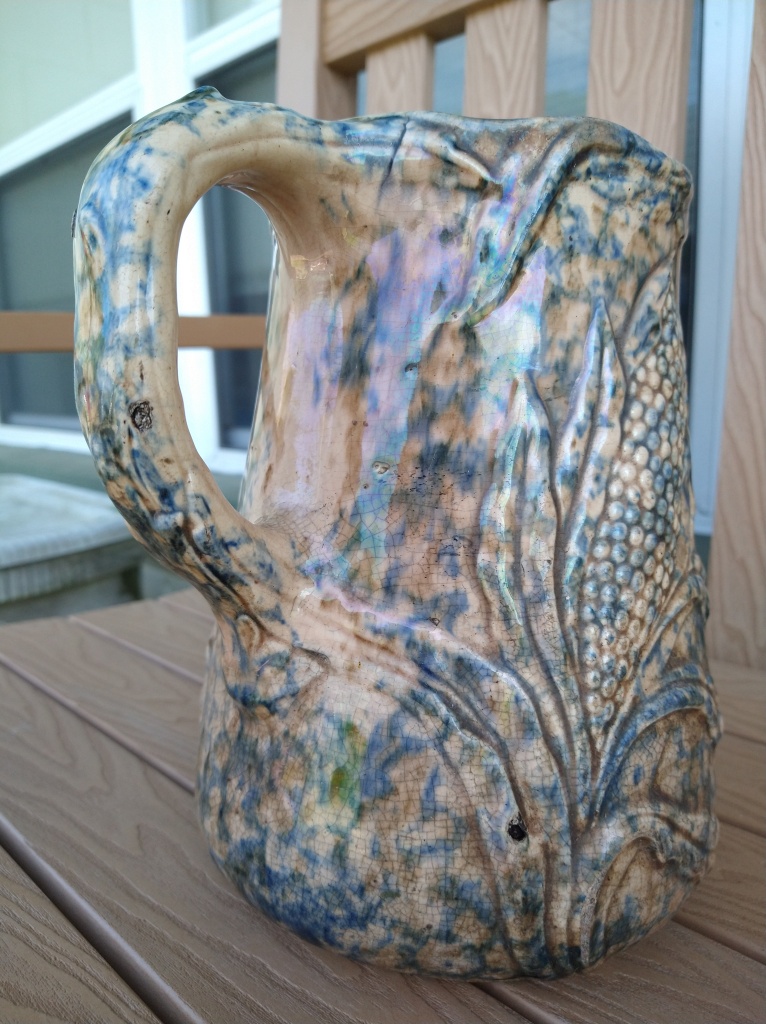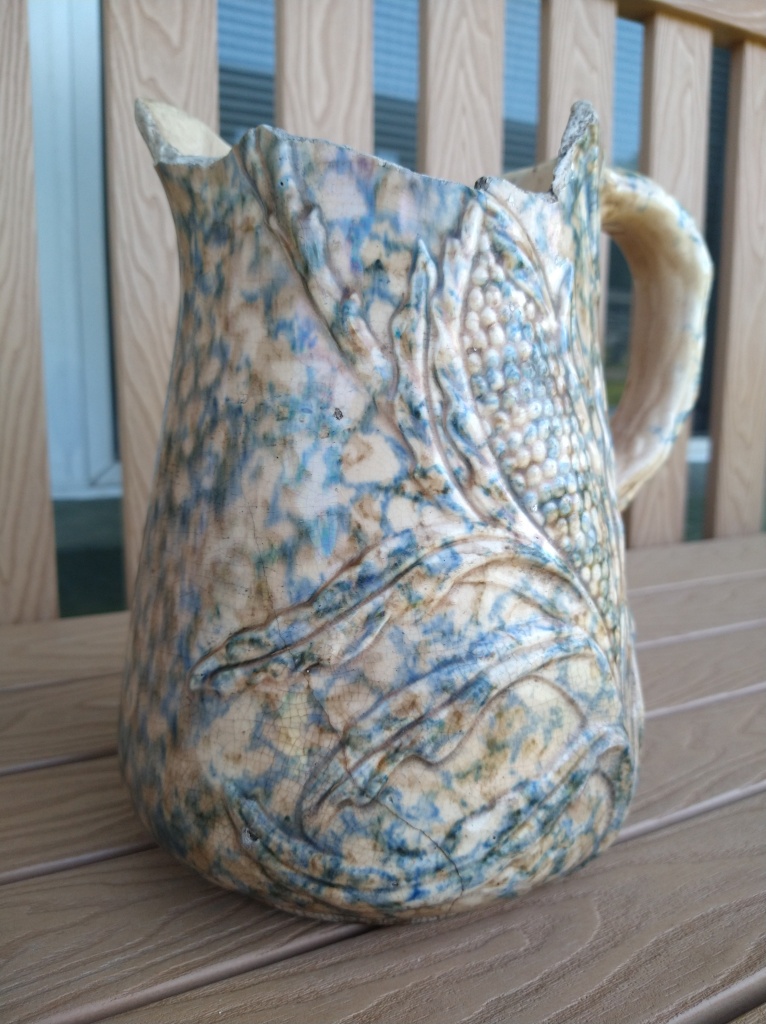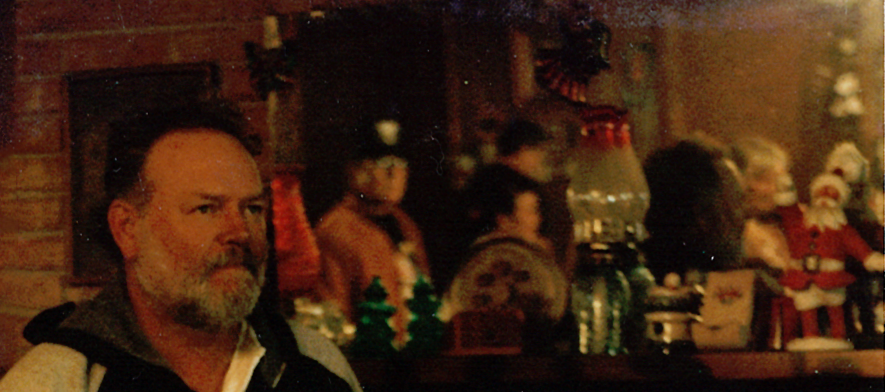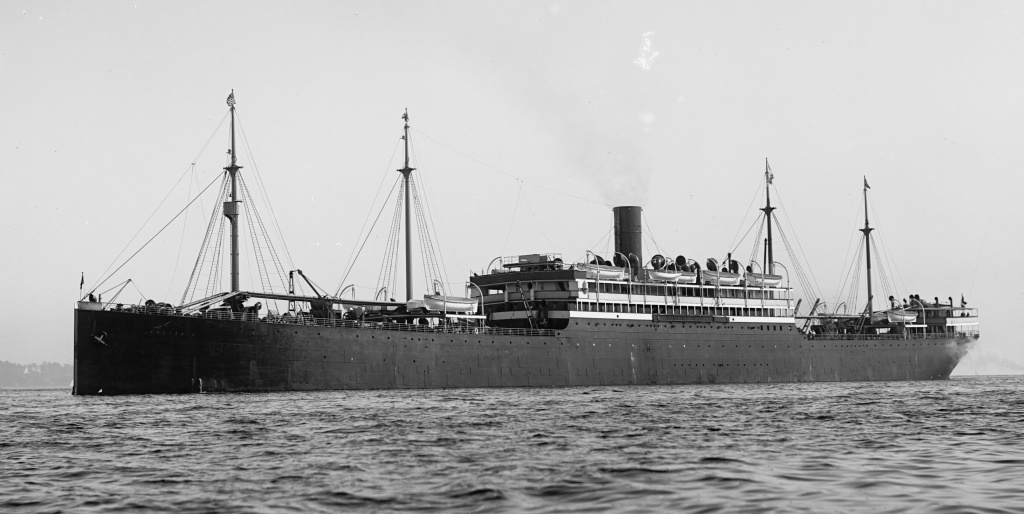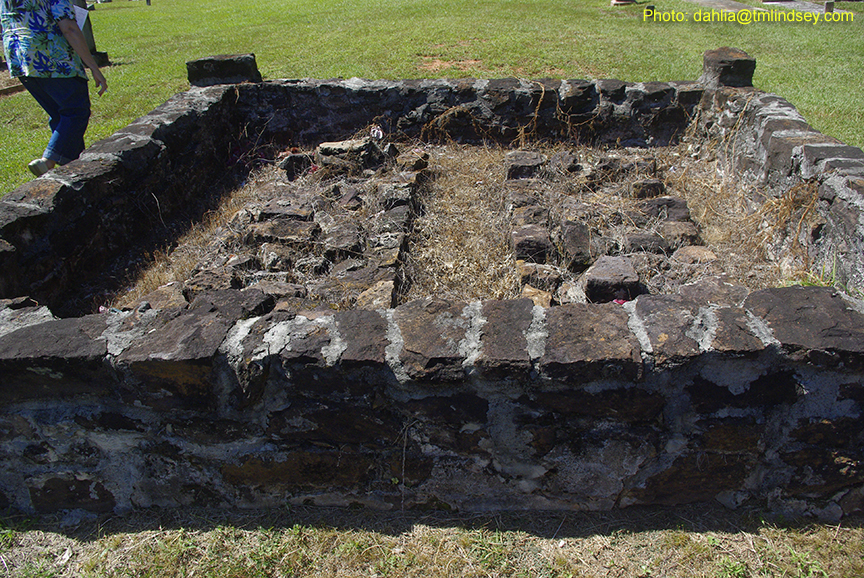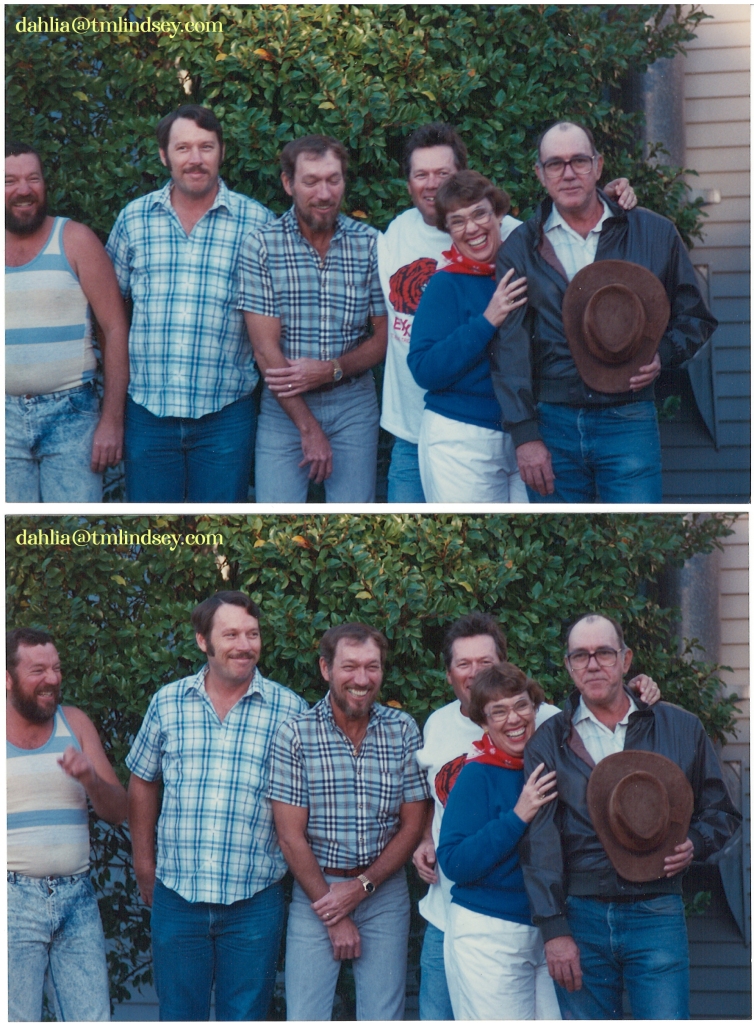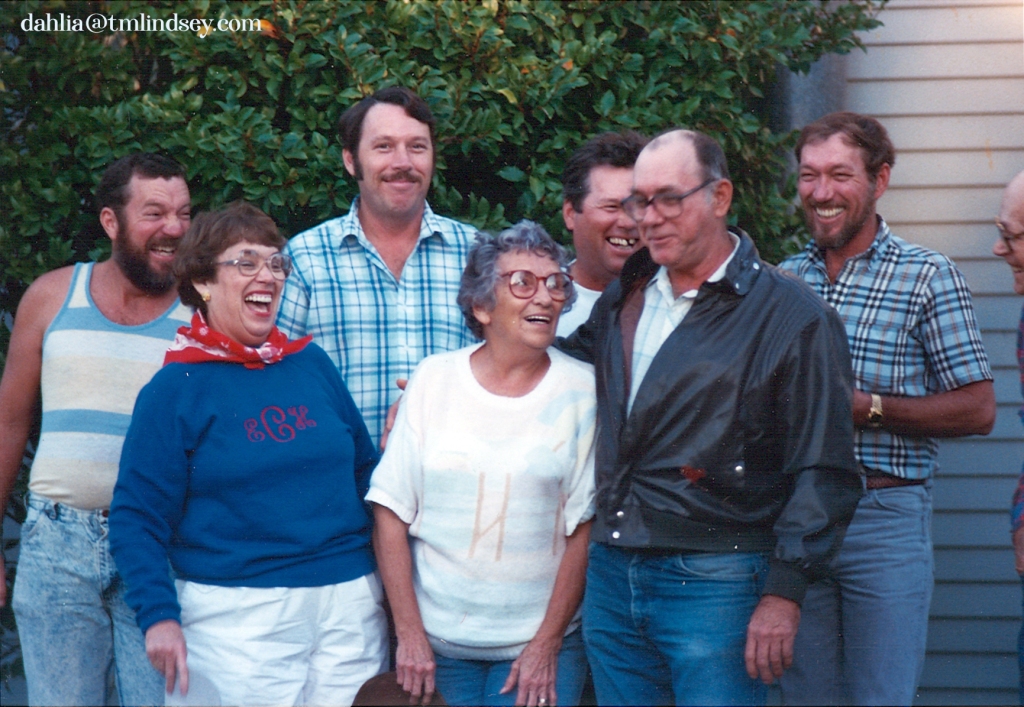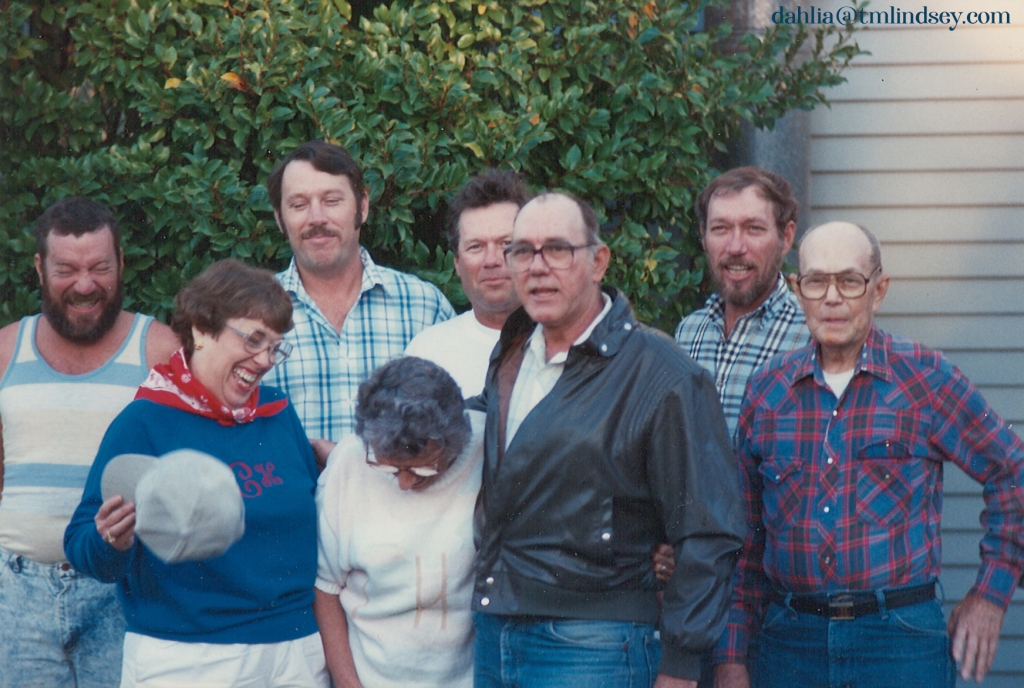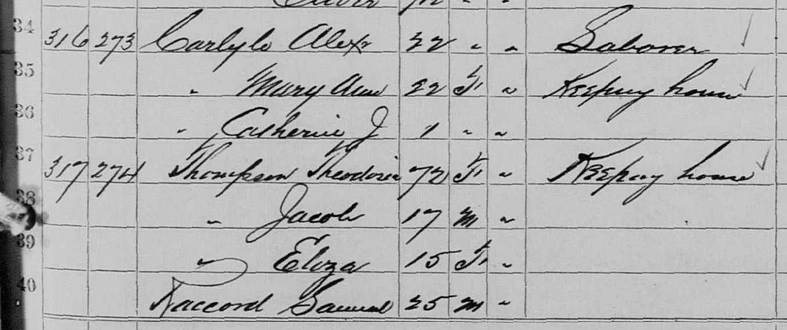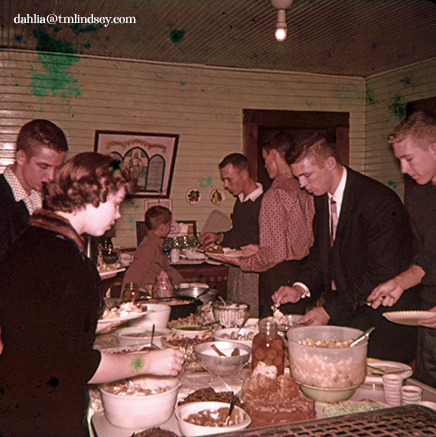During our nightly phone call, my mother mentioned a pitcher. She had taken it out of the attic, after decades there, and put it outside, and she reckoned she might go ahead and throw it away. No one’s gonna want that old broken pitcher.
As we talked, it came out that she had gotten that pitcher, the top already broken, after my dad’s grandparents died. They were out of town with the Navy, my parents, when Theodore Hahn and Maggie Cooper Hahn passed away, and, mom said, “Miz Hahn [my parents remained formal with their in-laws their whole lives] asked if there was anything I wanted from their house. The only thing I could think of that I would want was that pitcher from Germany. She told me the top was broken, but I wanted it anyway.”
Wait, what? A pitcher from Germany?
Sometime after my parents got together and before they left with the Navy, they were at the home of Theodore (Papa) and Maggie (Momo), and the pitcher was already broken, and she asked where it came from. Mama told me, “Momo said it had belonged to Papa’s father and it came from Germany.”
Y’all, I was incredulous. All my life I’ve been interested to know more about my mysterious ancestor from Germany, and now you’re telling me that all along you had this pitcher that belonged to my great-great grandfather and you didn’t think that I’d want it or be interested in it?!
“It’s been outside all winter,” my mom told me. “I don’t think it’s any more broken than it was.”
“I want it,” I said.
So, I picked it up, brought it home, examined it, washed it, examined it some more, and took pictures.
The top is, indeed broken, but possibly not any more broken than it was when my mom got it circa 1967. The glaze is crackled. It has a couple of pits that may be new, from the recent months outdoors, or may have occurred during the years it was in the attic enduring extreme hot in the summer and cold in the winter. There’s a ring on the bottom that has no glaze, and in a couple of areas on the sides the glaze is warn away. In some spots, when it catches the sun, the glaze is iridescent. It has no marks on it to indicate who made it or when or where.
Then I Googled. I found a couple of sales listings that pictured very similar pitchers. One called it “Antique Spongeware.” The other described it as “Roseville Cornelian Spongeware Majolica Blue Glaze.” Neither gave an estimate of when pitchers like this were made. Majolica is associated with Italy and Spain. Roseville Carnelian pottery is from Ohio, and the examples I see online look nothing like this pitcher.
I kept looking. Another seller on Etsy listed the pitcher the same way but with a brief description that says, “Circa 1900-1902. (Ref: Huxford, Second Series, pg. 39).” My local library doesn’t have the book in its collection or I’d check the citation and see if it’s really listed.
My great-grandfather William F. Hahn (1846-1907) could have acquired the pitcher in America before he died. Maybe Momo or my mom was confused between William Hahn coming from Germany and the pitcher coming from Germany. Did it perhaps remind him of something from his boyhood in Germany? Or are the sellers wrong about it being Roseville, and it was German in origin?
So many questions remain. Did William buy it or was it given to him? His wife died in 1897, so if it was made after 1900, she never used it. Did William use the pitcher for milk or lemonade or tea? Was the broken vase used as a pitcher for fresh flowers? Why was it important to Theodore?
My questions will never be answered, but still, as I held the pitcher, I thought about William F. Hahn more than 100 years ago, holding that pitcher in his hands, and felt a little closer to him.

